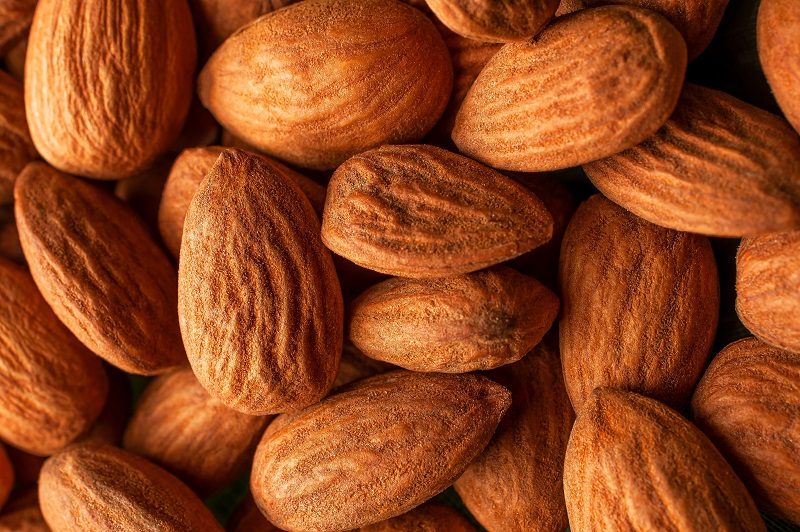Watch Your Almonds’ Salt Intake
Salty nuts can be delicious – but only when the salt is applied postharvest. If the trees take up too much salt – and some nuts, such as almonds, are more susceptible than others, such as pistachios – yields can decline drastically.
Thus, growers with concerns about too much salt in their trees’ diet may want to consult “The Almond Doctor,” a blog maintained by University of California Cooperative Farm Adviser David Doll of Merced County. Doll just added a new post titled Soil Salinity and Leaching for Almonds and discusses how to determine the need for and how to apply a winter leaching program.
Here’s an excerpt:
“Almond trees are relatively sensitive to sodium, chloride, and boron. Yields are impacted when average root system salinity increases above 1.5 deciSiemens per meter (dS/m), with research indicating a 19% decrease in potential yield with every 1.0 dS/m increase.
“This yield reduction is due to the osmotic effects of the salts, which basically makes the tree “work harder” for water reducing growth and vigor.
“If excess salts continue to accumulate within the rooting zone, trees will ultimately uptake the salts and cause tissue toxicity. The salts of primary concern are sodium, chloride, and boron.
“A leaching program should be implemented when the EC of the entire rooting depth exceeds 1.5 dS/m or sodium, chloride, and boron exceed an exchange saturation percentage of 5%, 5 milliequivalents of solute per liter (meq/l), and 0.5 milligrams per liter (mg/l), respectively.”
More can be found here. Remember, when in doubt, consult your doctor.
Source: The Almond Doctor









